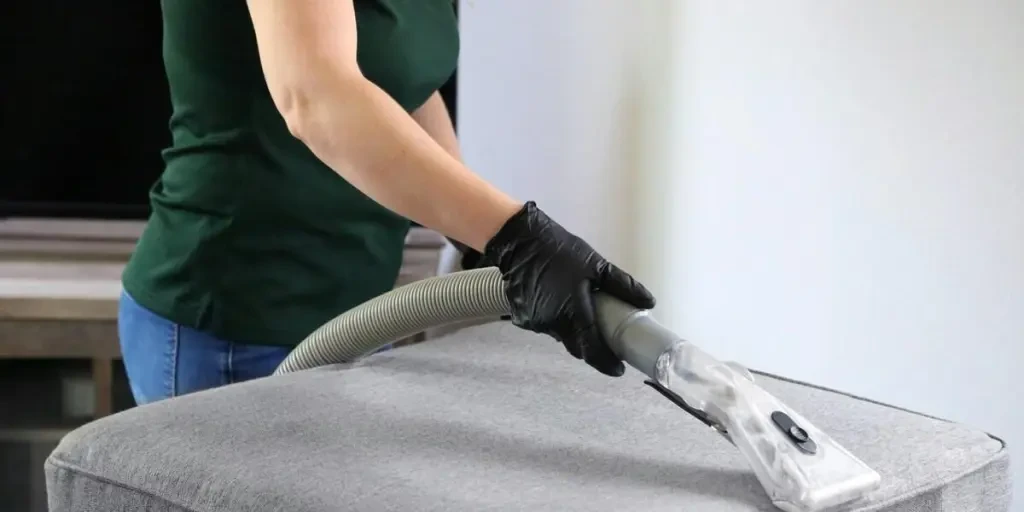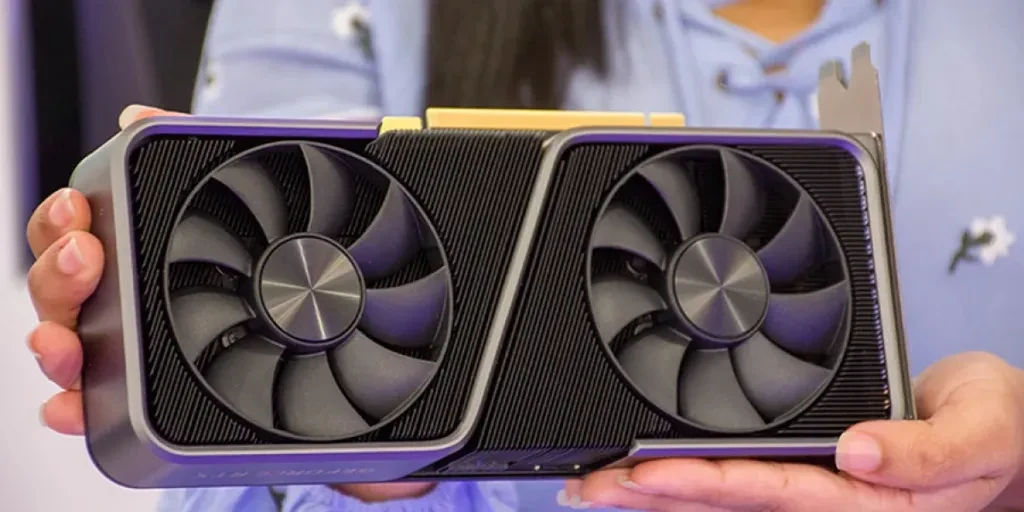Handheld steam cleaners are important for corporate and individual customers. These cleaning tools are often small in size and powerful, with higher cleaning capabilities. These cleaners also meet consumers’ demand for chemical-free cleaning solutions.
Choosing the right handheld steam cleaner can drive significant value for your business. You could be looking to expand your cleaning product inventory, enhance your services, or serve customers looking for efficient solutions.
This guide explores the key factors to consider when selecting the perfect steam cleaner for your buyers in 2025.
Table of Contents
Steam cleaners market overview
How a steam cleaner works
Key considerations when purchasing a handheld steam cleaner
1. Power and steam output
2. Water tank capacity
3. Accessories and attachments
4. Heat-up time
5. Suctioned temperatures
6. Ease of use
7. Safety features
8. Budget
Final takeaway
Steam cleaners market overview
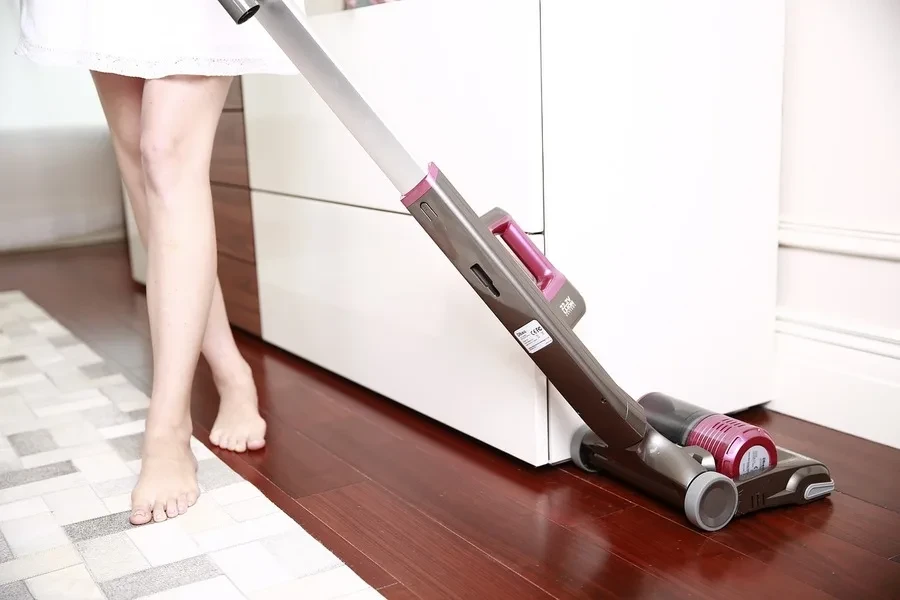
Steam cleaners are becoming popular as effective and eco-friendly cleaning solutions. As a result, global demand for these machines is rapidly growing. These cleaners use steam power to clean various surfaces, including floors, carpets, and furniture.
The global market for steam cleaners reached US$ 3.57 billion in 2024 and is projected to grow to US$ 4.58 billion by 2029, at a compound annual growth rate (CAGR) of 5.12%. This growth results from numerous factors, including:
- Increased use in commercial and residential environments
- Growing consumer demand for chemical-free cleaning products
- Technological advancements that have improved their performance
Demand for steam cleaners is higher among commercial customers (59%) compared to residential (41%). Hotel and hospitality is the leading industry with the highest demand for steam cleaners due to increased health and hygiene concerns.
The Asia Pacific region is the largest market for steam cleaners. This is due to increased disposable incomes and growing GDP. The rise in smart homes and dual-income households in Australia has increased demand for these cleaners in residential settings.
The main competing brands include Bissell, Dyson, Philips, Stanley Black & Decker, and Vapamore.
How a steam cleaner works

Steam cleaning begins with water being heated in a built-in boiler. Once heated, the water is converted into high-temperature vapor and directed through a hose to the nozzle. The hot steam is then released for use, often paired with a floor tool, handheld unit, or various attachments designed for different cleaning tasks.
Key considerations when purchasing a handheld steam cleaner
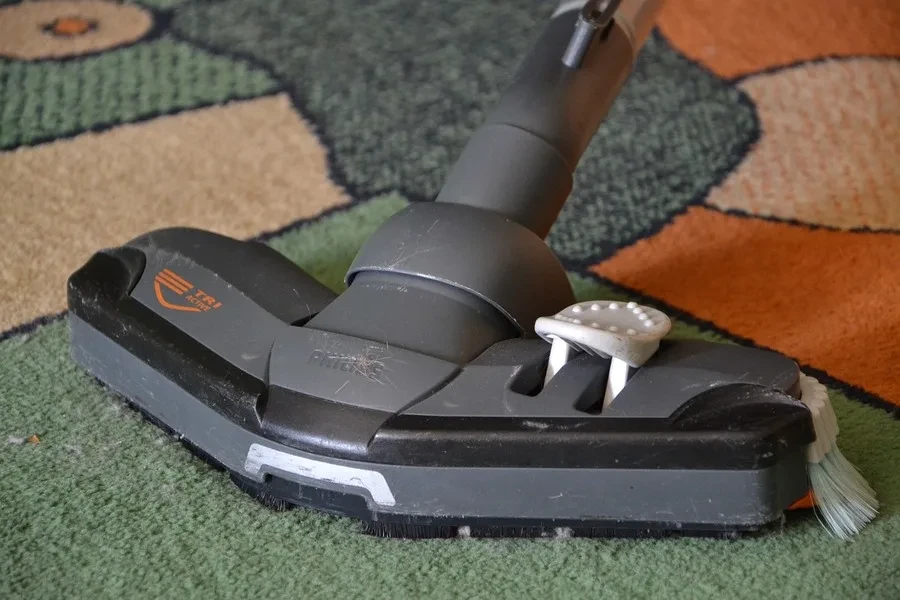
1. Power and steam output
A handheld steam cleaner’s power and steam output are crucial for its effectiveness. Higher wattage generally means better performance. This allows the cleaner to produce consistent, high-pressure steam capable of tackling tough stains and sanitizing surfaces. Businesses should consider models that offer adjustable steam output to suit a variety of cleaning tasks and materials.
2. Water tank capacity
The size of the water tank determines how long the steam cleaner can operate before needing a refill. Larger tanks are ideal for extended use, such as cleaning multiple areas or large surfaces. However, smaller tanks may offer faster heating times. This makes them suitable for quick, targeted cleaning jobs.
3. Accessories and attachments

Versatility in cleaning tasks often depends on the range of accessories and attachments provided. Tools such as brushes, nozzles, and scrapers expand the steam cleaner’s functionality. These allow the handheld steam cleaner to handle everything from delicate surfaces to heavy-duty cleaning jobs. Opt for models with a variety of attachments to maximize usability.
4. Heat-up time
A handheld steam cleaner with a shorter heat-up time increases efficiency, especially in fast-paced environments. Waiting several minutes for the cleaner to reach the required temperature can slow down operations. Thus, choosing a model with rapid heating capabilities is key for time-sensitive tasks.
5. Suctioned temperatures
The ability to maintain high steam temperatures is essential for effectively removing grease, grime, and bacteria. Consistent high temperatures ensure thorough cleaning and disinfection. This feature is particularly important for businesses in sectors like hospitality and healthcare where hygiene is critical.
6. Ease of use
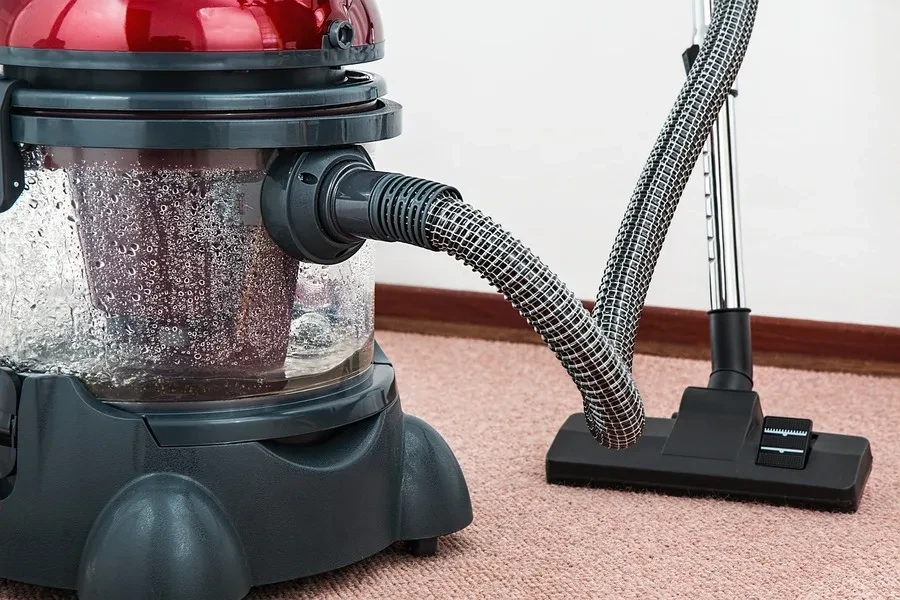
Ease of use is a critical factor when choosing a handheld steam cleaner. It directly affects efficiency and user experience. A well-designed model should offer intuitive controls, minimal setup time, and smooth operation to ensure cleaning tasks are completed quickly and effectively.
Other factors that can affect the cleaner’s ease of use include:
Weight and portability
The weight and portability of a handheld steam cleaner directly impact how comfortable it is to use, especially for extended periods. Lightweight models are easier to maneuver and reduce fatigue. As a result, they are ideal for businesses that require frequent or prolonged cleaning. Compact designs also make storage and transportation more convenient, which is an advantage for mobile cleaning services.
Cord length and horse
A longer cord and hose provide greater flexibility by increasing the cleaner’s reach. This is particularly useful in larger spaces where switching power outlets repeatedly can be inconvenient. A longer hose also allows for better access to hard-to-reach areas. This feature improves overall cleaning efficiency.
Ease of refilling
The design of the water tank plays a significant role in user convenience. Models with removable tanks or easy-access refill points improve the refilling process. This reduces downtime and keeps operations smooth. Some handheld steam cleaners even allow refilling without waiting for the unit to cool down. This further enhances productivity.
7. Safety features
Safety is paramount when dealing with high-temperature steam. Look for features like automatic shut-off when the tank is empty, child locks, and heat-resistant handles to ensure safe operation. These features are particularly important in commercial settings to prevent accidents and injuries.
8. Budget
Handheld steam cleaners are available across a wide price range to suit different financial needs. Customers often have varying budgets. Choosing a model that provides the best value within their price range is essential.
While lower-cost options may be tempting, businesses should prioritize durability, performance, and essential features to ensure long-term reliability and cost-efficiency.
Final takeaway
Selecting the right handheld steam cleaner is crucial for ensuring it aligns with the needs of your target market. Factors such as power, efficiency, versatility, and ease of use all contribute to the product’s appeal and performance. A well-chosen steam cleaner can enhance your product offerings, meet the demands of various customers, and position your business as a reliable source of high-quality cleaning solutions. Focusing on value, durability, and functionality can help you to confidently expand your inventory and cater to a wide range of buyer needs.
